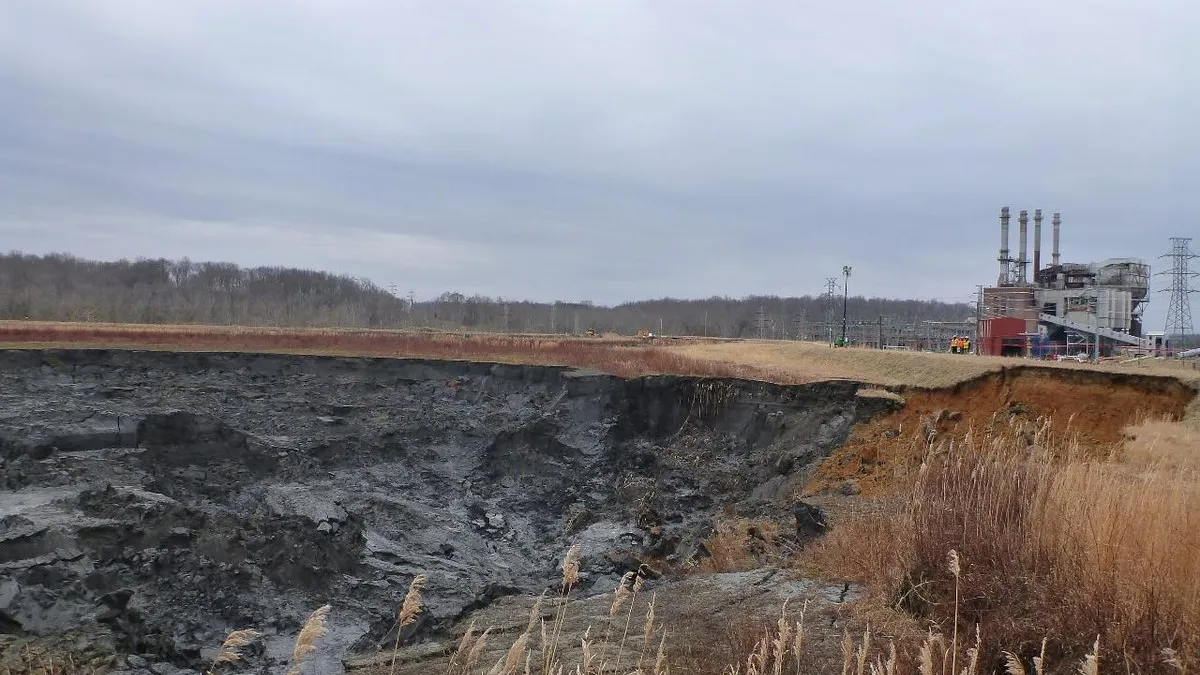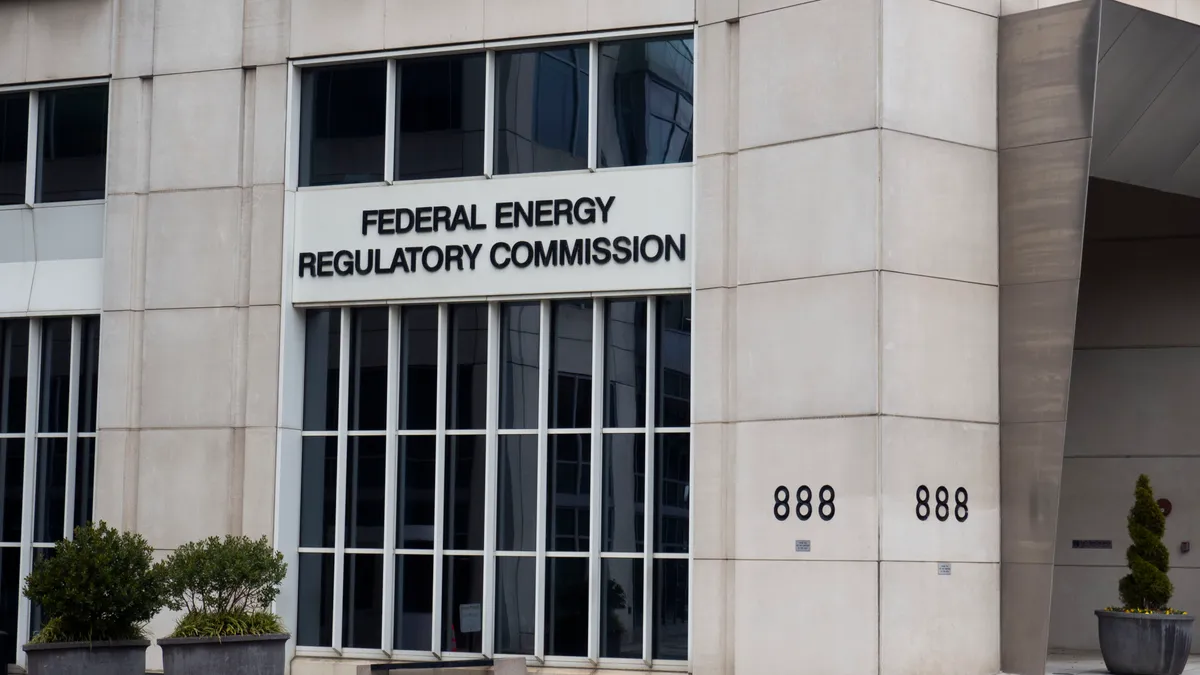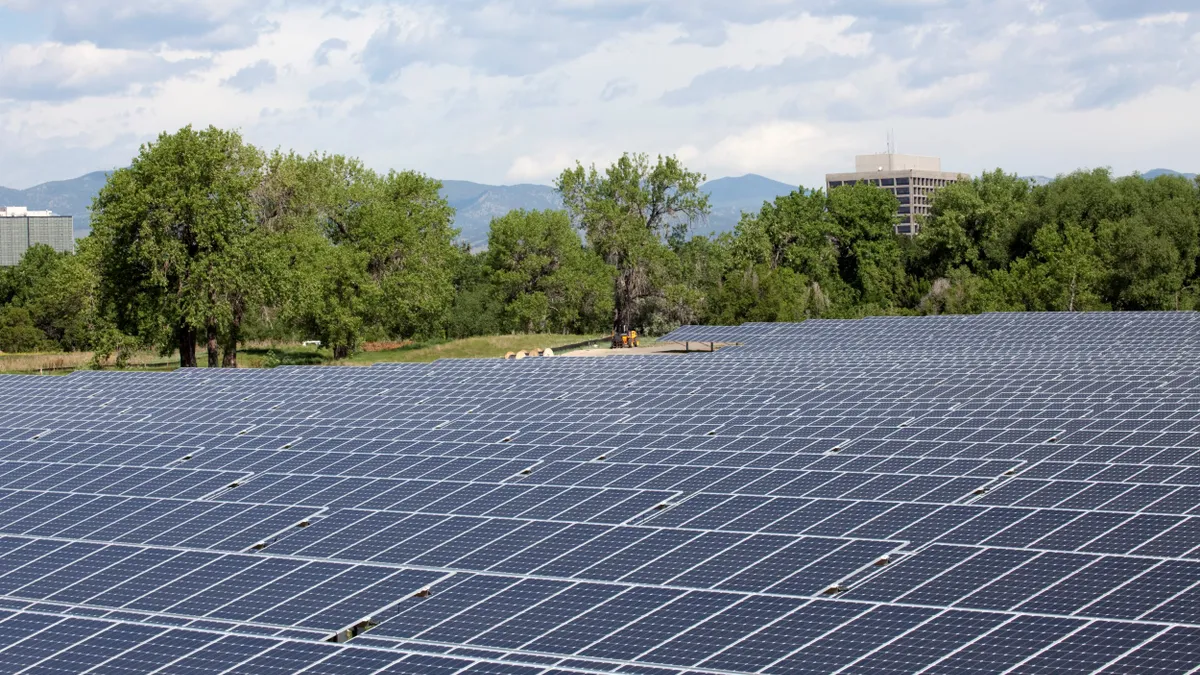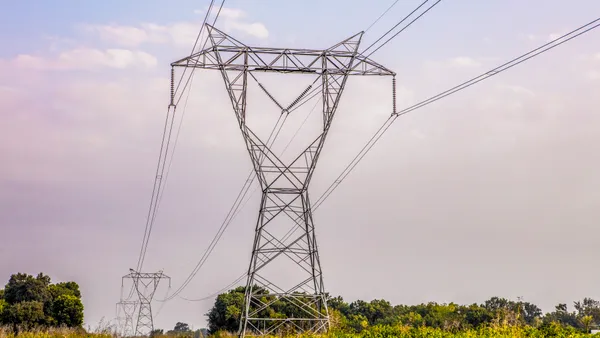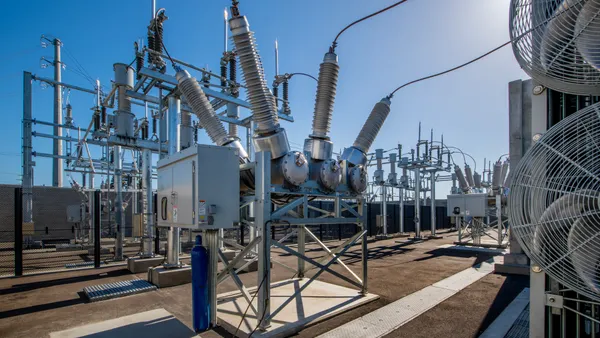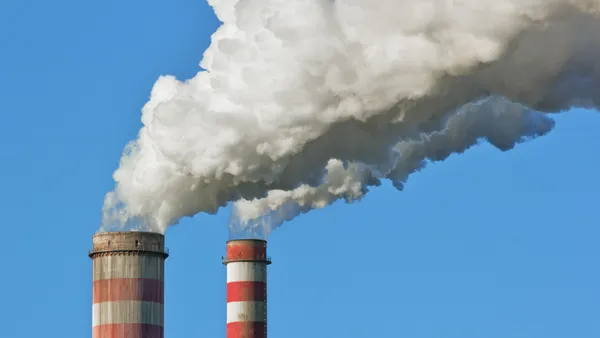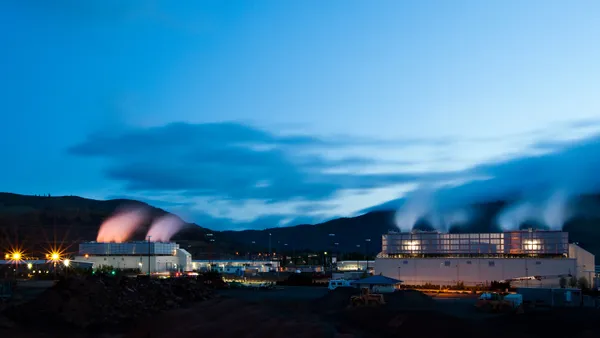Dive Brief:
-
The U.S. Environmental Protection Agency on July 29 finalized their revisions to the federal coal combustion residuals (CCR) rules, lengthening the timeline for some utilities to continue dumping coal ash into unlined basins.
-
Utilities can now continue pouring the waste into unlined coal ash ponds until April 11, 2021, according to the new rules. Other changes to the rules include categorizing coal ash facilities that are lined with clay as "unlined" and exempting some facilities from lining their basins with plastic if they meet certain criteria.
-
EPA and the power industry say the rule gives utilities a clear timeline for closure and is consistent with the U.S. Court of Appeals for the District of Columbia Circuit August 2018 ruling that found Obama-era rules were not strict enough on lining. But environmentalists fear the rule will lead to greater contamination of surrounding waterways and groundwater as it allows utilities to continue dumping waste in ash ponds that are in violation of federal groundwater regulations.
Dive Insight:
Last week's rule marks the latest move by EPA to change the way coal ash is regulated by the federal government, as environmental groups bemoan federal policies protecting industry interests.
Unlined coal ash ponds were originally supposed to close by April of last year, but the EPA in July 2018 extended the timeline to October 2020, in an effort to give the industry "much-needed flexibility," according to EPA Administrator Andrew Wheeler.
The agency's changes ultimately reflected the asks of industry groups who testified during the comment period, including the Utility Solid Waste Activities Group (USWAG), which represents solid and hazardous waste issues on behalf of the utilities industry, and the National Rural Electric Cooperative Association (NRECA). Both argued for extended timelines to give member utilities time to comply with the new rules.
"While NRECA supports many elements of EPA's proposal, none of those reforms will mean anything if cooperatives subject to the existing CCR rule don't have time or ability to implement them," Dorothy Kellogg, senior principal for Environmental Policy at NRECA, told regulators during the public comment period.
NRECA and USWAG said they were pleased with the rule, which gives utilities "reasonable deadlines," Stephen Bell, spokesperson for NRECA, said. "This extended deadline gives electric cooperatives important time to safely and effectively manage CCR," he said.
"[W]e are pleased that EPA's action sets a clear timeline for the safe closure of unlined coal ash basins and includes a procedure for dealing with any individual facilities that are facing unique technical challenges," Jim Roewer, executive director of USWAG, said in an email. "By recognizing the time needed to design, permit, and construct alternative disposal capacities, and acknowledging the potential for delays in permitting and construction due to circumstances beyond industry's control, EPA has developed a technically sound and attainable rule that will ensure environmental protection."
Opponents to the changes included academics, concerned citizens and a range of environmental groups. Although coal ash is not regulated as a hazardous substance, it has several known toxicological effects caused by heavy metals in the waste such as arsenic, mercury, selenium and cadmium. Scientists say the contaminants, when exposed to groundwater, can cause permanent damage to wildlife.
"Inputs of contaminants to surface waters, whether through groundwater or more direct means, can lead to chronic accumulation and exposure of aquatic wildlife. These contaminants are often incorporated into the sediments and continue to cycle through the food web," Christopher Rowe, an associate professor of biology with the University of Maryland's Center for Environmental Science told regulators during the public comment period.
Under the rule, EPA is allowing utilities that are in violation of current regulations to remain open for an additional six months, which scientists and environmentalists say will lead to continued environmental harm.
"EPA, under this rule, is loosening and eroding the 2015 coal combustion rule to allow utilities to dump more coal ash into these dangerous unlined pits for longer periods of time. And even to do it when the pits are admittedly malfunctioning," Frank Holleman, senior attorney for the Southern Environmental Law Center, said.
"This was the EPA putting in place regulatory rollbacks to benefit the poorest managed, worst performing and most irresponsible and polluting utilities in America. It's regulation to benefit the bottom of the barrel instead of to bring all utilities up to a higher standard of performance to protect the public," said Holleman.
Holleman argues southern states proved that utilities don't need more time to comply with federal rules, because the southeast has effectively stopped the practice, demonstrating it can be done.
Duke Energy agreed to excavate the majority of its remaining coal ash in what's considered to be the largest coal ash cleanup in U.S. history. Georgia Power is excavating 19 of its 29 coal ash pits and Virginia is required by state law to excavate all its ponds.
"To our knowledge, no utility in our region is currently putting coal ash in any unlined pit any longer. That practice has stopped in our region," said Holleman.
Data from the Environmental Integrity Project and Earthjustice found more than 90% of coal plants across the U.S. that monitor groundwater for coal ash contamination show elevated signs of one or more contaminant in nearby groundwater.
EPA also tightened the definition of an unlined pit to include facilities that are lined with clay — under the previous iteration of the rule clay counted as a liner. Further, the agency revised its website and reporting requirements to make data more accessible to the public.
"Today's action makes changes to the closure regulations for coal ash storage that enhance protections for public health while giving electric utilities enough time to retrofit or replace unlined impoundment ponds," said Wheeler in a statement last week. "The public will also be better informed as EPA makes facility groundwater monitoring data more accessible and understandable."
The EPA is considering another change, proposed in July of last year, to eliminate onsite dry storage requirements as well as environmental protections on fill projects larger than 12,400 tons.



